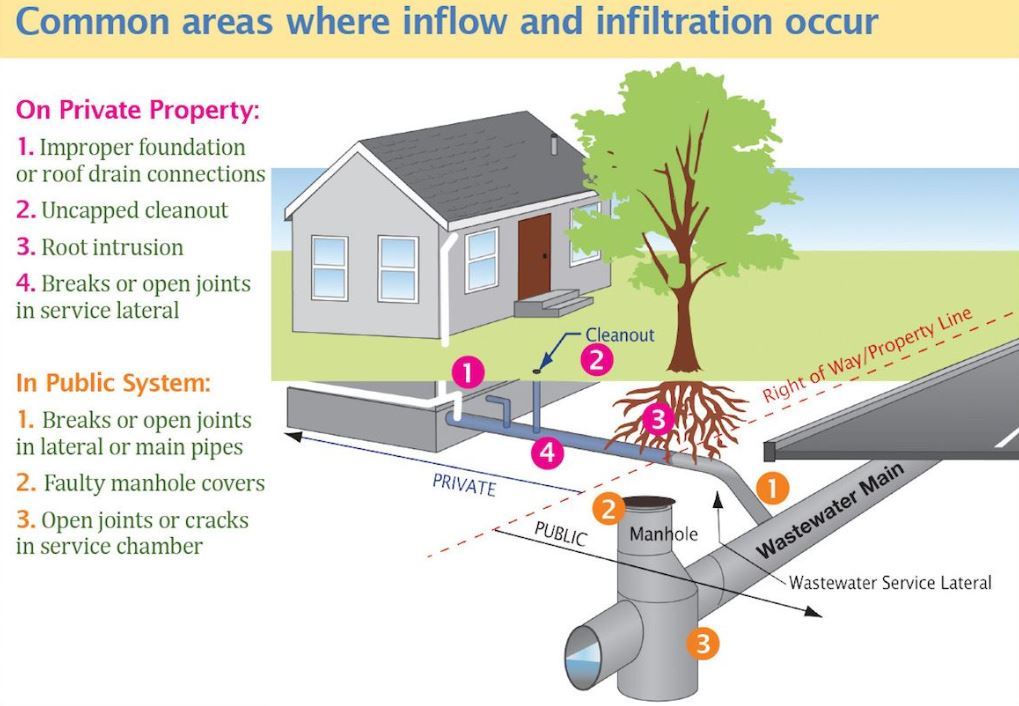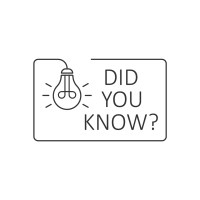Inflow and Infiltration
Trent Hills is committed to increased efficiency and cost savings in the municipality's wastewater treatment and collection system and it starts with developing strategies to reduce the amount of infiltration and inflow entering the system.
Infiltration and inflow is water that sneaks into the system - see the sources in the image below:

Aging infrastructure, broken pipes and cracks as well as illegal connections, are just some of the causes for increased flows and added costs.
The municipality performs repairs, replacements and annual CCTV investigations to combat these issues.
Sewer Use By-Law No. 2011-121 prohibits the discharge of storm/ground water to the sanitary system.
Illegal Connections to the Wastewater and Storm Systems Include:

There is a high risk of flooding in basements where illegal connections exist.
During storm events, in addition of storm water through illegal connections can exceed the capacity of the sanitary system causing it to become surcharged. This can result in the pressure being released by backing up into private services and basements.
It only takes 12 sump pumps operating at full capacity to overload an 8-inch sewer main. Blockages in the system can also cause ground water to back up into basements.
Reducing sources of storm and ground water in the wastewater system will reduce the potential for surging and sewer backups.
Why this matters:
Simply put, the more flow in the system, the more money it costs to treat. The added amount of storm water entering the sanitary system each year results in thousands of dollars in unnecessary treatment costs.
The ratepayer, through sewer rates, directly absorbs these costs.
Contact Us
Municipality of Trent Hills
66 Front St S, PO Box 1030
Campbellford, ON K0L1L0
T. 705-653-1900
F. 705-653-5203
Land Acknowledgement
We recognize the traditional keepers of this land and, specifically our neighbours of the Alderville First Nation, with a formal territorial acknowledgement.
Welcome to the Gunshot Treaty Lands of 1788. It is on these lands and on the shores of the big lake, the Mississauga Anishinabeg met with the Crown to facilitate the opening of these lands for
settlement.
Let us be reminded of the responsibility we all have in making sure that we respect these lands and waters that give us life and sustain our livelihoods.
